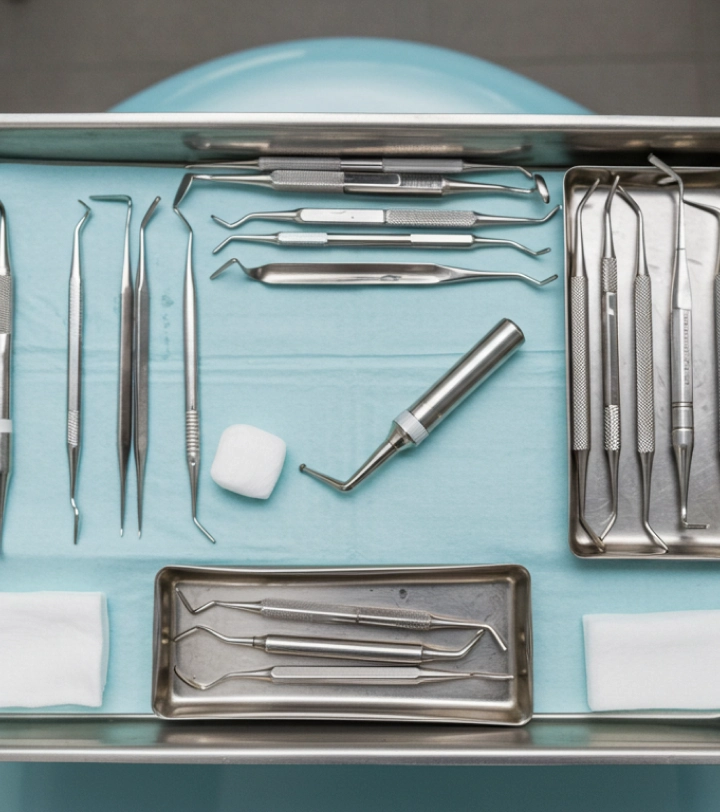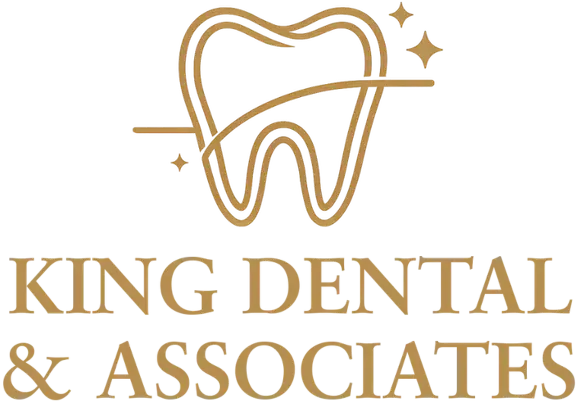Extractions
Tooth extractions involve the removal of teeth that are damaged, infected, impacted, or no longer viable. At King Dental & Associates in Carnforth, we carry out gentle, expert extractions for teeth affected by decay, gum disease, trauma, or overcrowding.
Extractions Explained

What Are They?
Extractions are the removal of teeth that are damaged, infected, impacted, or no longer viable. This may include teeth affected by severe decay, gum disease, trauma, or overcrowding.
What Will My Dentist Do?
Your dentist at King Dental & Associates in Carnforth will examine the tooth and take x-rays if needed. Local anaesthetic is used to ensure comfort, and the tooth is gently removed. In some cases, stitches may be placed. Aftercare advice will be given to support healing.
What Are the Benefits?
Removing a problematic tooth can relieve pain, prevent infection from spreading, and protect your overall oral health. Extractions can also make space for orthodontic treatment or future restoration options like implants or dentures.
When Are Extractions Needed?
Extractions are recommended when a tooth is too damaged to be repaired, is causing pain, or is affecting other teeth. Common reasons include severe decay, infection, impacted wisdom teeth, or overcrowding.
Why Might an Extraction Be the Best Option?
Removing a problematic tooth can relieve pain, stop infection from spreading, and protect your oral health. It can also make room for orthodontic treatment or future tooth replacement.
What Happens After an Extraction?
Your dentist will give you aftercare advice to help the area heal. Some rest and soft foods may be needed. Most people recover quickly with minimal discomfort, and a follow-up may be scheduled to check healing or discuss replacement options.


